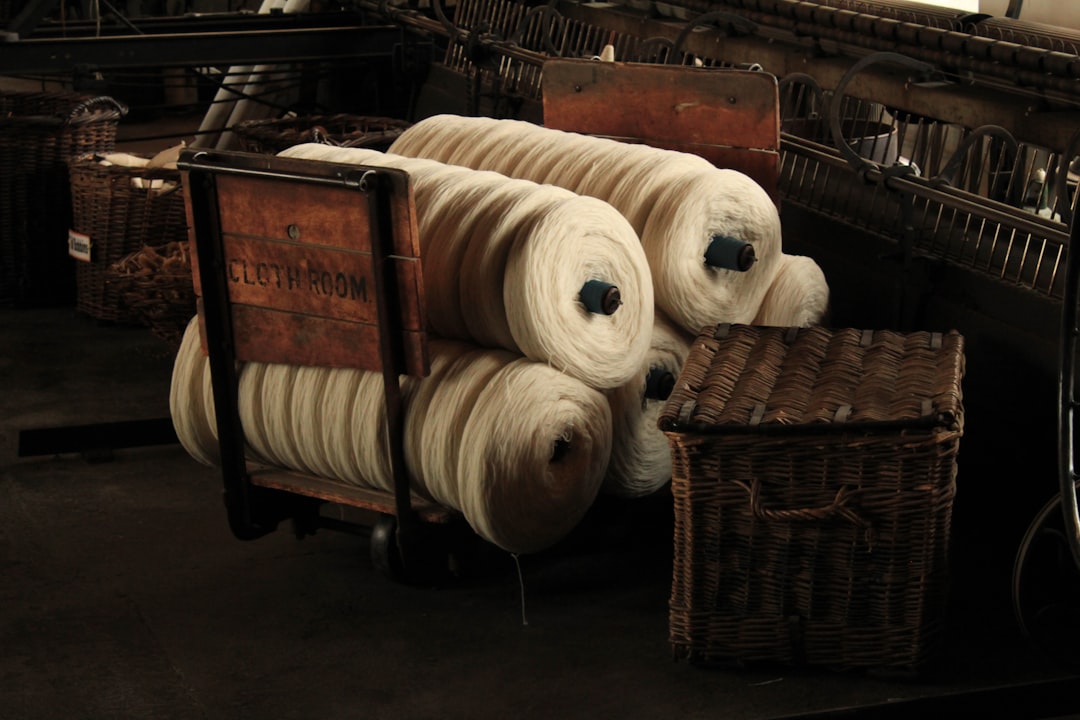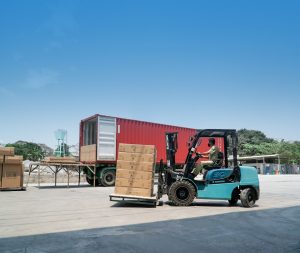No products in the cart.
AI’s Dual Impact on Textile Manufacturing: A Balancing Act
AI is revolutionizing textile manufacturing, raising questions about efficiency and job ethics. Explore the implications for the future of fashion.
Los Angeles, USA — As the textile manufacturing industry embraces artificial intelligence (AI), it faces a pivotal moment. The integration of AI technologies is transforming how garments are designed, produced, and distributed. But with these advancements come significant implications for labor and ethical work practices.
AI is entering the textile sector predominantly through automated pattern-making and predictive demand forecasting. These innovations allow companies to reduce waste, optimize production times, and respond swiftly to changing fashion trends. According to a report by McKinsey & Company, AI-driven processes could lead to a 30% reduction in production costs for textile manufacturers by 2025[1]. However, this efficiency comes at a cost, particularly concerning job security within an industry already grappling with labor challenges.

The potential for job loss is a pressing concern. In the global garment industry, which employs millions, many fear that AI could displace workers rather than enhance their roles. A study by the International Labour Organization suggests that as many as 100 million jobs in the garment sector could be vulnerable to automation by 2030[2]. While companies like Adidas and Nike are investing in AI technology, the implications for their workforce could be severe.
Balancing Efficiency and Ethical Employment
 Career Development
Career DevelopmentWhy Interdisciplinary Education Became Essential in 2025
In 2025, education systems worldwide are embracing interdisciplinary learning to equip students for complex careers. This analysis traces curriculum reform…
Brands are caught in a dilemma. On one side, the pressure to remain competitive in an increasingly fast-paced market urges them to adopt AI solutions. On the other, there is a growing demand from consumers for ethical practices and transparency in production. The rise of sustainable fashion movements has prompted companies to rethink their operational strategies.
In the global garment industry, which employs millions, many fear that AI could displace workers rather than enhance their roles.
Patagonia, known for its commitment to environmental sustainability, is exploring AI technologies that not only enhance efficiency but also align with its ethical standards. By utilizing AI for predictive analysis, the company can better manage its inventory, reducing overproduction and waste. This approach not only supports profitability but also resonates with a consumer base that prioritizes sustainable practices[3].
Conversely, fast-fashion giants like Zara and H&M are facing scrutiny. While adopting AI can streamline their processes, it raises questions about labor conditions and the long-term viability of their business models. Critics argue that the focus on rapid production cycles often leads to exploitative labor practices, particularly in developing countries where many garments are manufactured.
Consumer Awareness and Corporate Responsibility
Consumer awareness is evolving. A 2023 survey by Deloitte revealed that 73% of consumers are willing to pay more for sustainable products[4]. This shift is prompting brands to reconsider their strategies. Companies are now under pressure to not only produce efficiently but also ethically. The integration of AI in manufacturing processes must be accompanied by a commitment to fair labor practices.
 Artificial Intelligence
Artificial IntelligenceRevolutionizing Logistics: AI Education for Tomorrow’s Supply Chain Leaders
AI is reshaping logistics education, preparing future supply chain managers with essential skills. Discover how these changes impact careers.
Read More →Moreover, the gig economy is reshaping traditional employment models in the textile industry. Freelance designers and part-time workers are becoming more prevalent, creating a workforce that is both flexible and precarious. AI can aid in managing these gig workers by optimizing scheduling and production timelines, but it also raises questions about job security and benefits for these workers. As companies leverage AI to enhance productivity, they must also consider how to provide stability and support for their gig workforce.
The Future of AI in Textile Manufacturing
Looking ahead, the future of AI in textile manufacturing will hinge on how companies navigate these challenges. The industry is at a crossroads, where innovation must align with ethical considerations. Businesses that prioritize sustainable practices alongside technological advancements are likely to emerge as leaders in the market.
As companies leverage AI to enhance productivity, they must also consider how to provide stability and support for their gig workforce.
Furthermore, investment in workforce training will be crucial. As AI takes on more routine tasks, companies must focus on upskilling their employees, equipping them with the necessary tools to adapt to a changing landscape. Collaborative initiatives between brands, governments, and educational institutions could foster a more resilient workforce that is prepared for the demands of an AI-driven industry.
 Career Development
Career DevelopmentThe Art of Strategic Rest in Creative Work
Strategic rest is essential for maintaining creativity and preventing burnout in high-pressure industries.
Read More →Ultimately, the textile sector stands to gain significantly from AI technologies. However, the balance between efficiency and ethical employment must be carefully managed. As the demand for faster fashion grows, so too does the responsibility of companies to ensure that their advancements do not come at the expense of their workforce. The path forward will require a collective effort to build a sustainable and equitable future for all involved in the garment industry.











